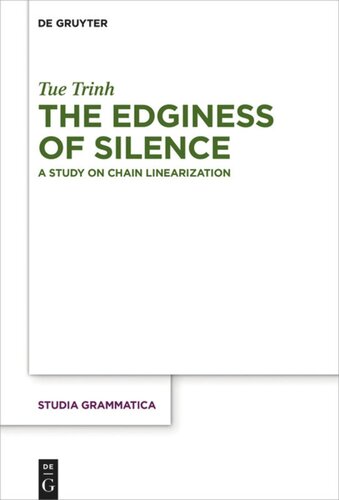

Most ebook files are in PDF format, so you can easily read them using various software such as Foxit Reader or directly on the Google Chrome browser.
Some ebook files are released by publishers in other formats such as .awz, .mobi, .epub, .fb2, etc. You may need to install specific software to read these formats on mobile/PC, such as Calibre.
Please read the tutorial at this link: https://ebookbell.com/faq
We offer FREE conversion to the popular formats you request; however, this may take some time. Therefore, right after payment, please email us, and we will try to provide the service as quickly as possible.
For some exceptional file formats or broken links (if any), please refrain from opening any disputes. Instead, email us first, and we will try to assist within a maximum of 6 hours.
EbookBell Team

5.0
28 reviewsNatural language differs from artificial ones in having the "displacement property," allowing expressions to "move" from one position to another in the sentence. The mapping from syntax to phonology, therefore, must include rules specifying how objects created by movement are pronounced, or in technical jargon, how chains are linearized. One of these rules is Copy Deletion. The present study investigates the structural description of Copy Deletion. Specifically, it proposes a phrase geometric constraint on its application. The proposal is corroborated by empirical arguments based on distributional and interpretational facts concerning predicate clefts, NP-Splits, and head ordering patterns. The data are drawn from languages of different types and families including Chinese, English, Dutch, German, Hebrew, Norwegian, Swedish, and Vietnamese. The book, thus, contributes to our understanding of a crucial property of natural language and should be of relevance to readers who are interested in the cross-linguistic approach to Universal Grammar research.